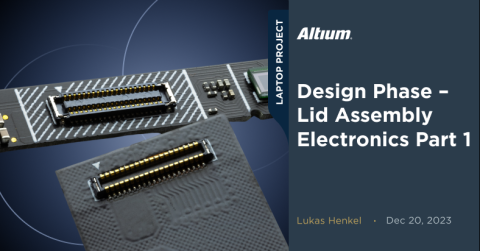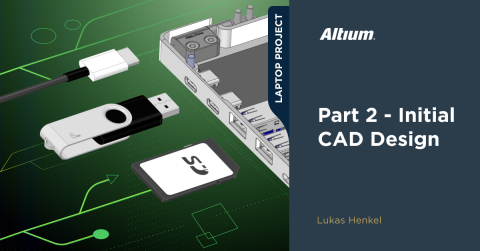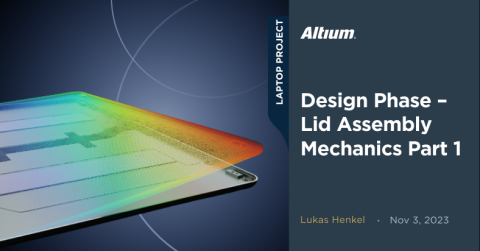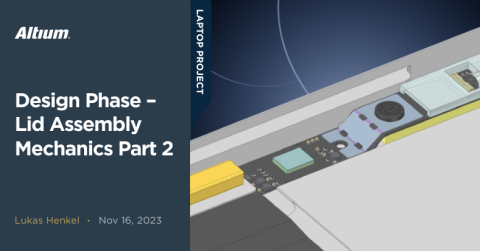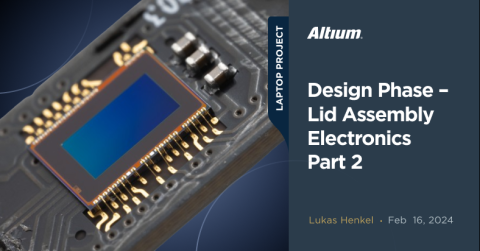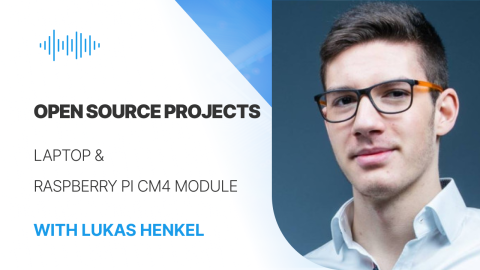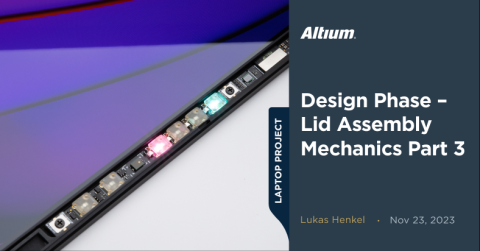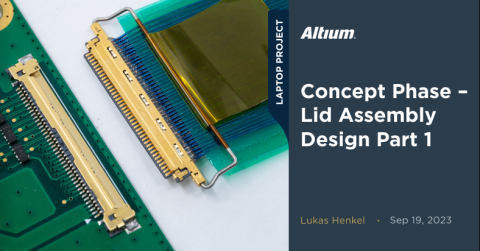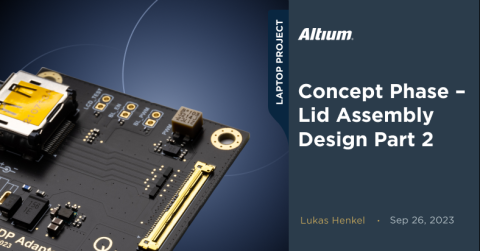Introduction to Open Source Laptop Project

Milestone
Introduction – Introduction to Open Source Laptop Project
| Created: May 18, 2023More Milestones
| Coming soonDon't miss an update, subscribe
Ever dreamt of designing your own open-source laptop? For a while now I´ve been fascinated by this idea. As you can probably imagine, this is a monumental task that will require a lot of time and resources. Working alone on a project of this size makes matters even more difficult. So, why embark on such an adventure–especially with a product design that has already been manufactured and sold by the millions for years on end?
It’s All About the Knowledge
There is a ton of knowledge to be gained that is hidden in ordinary consumer electronics. These devices have been optimized over the last two decades to cram more and more computing power into the smallest possible space. Packing a lot of electronics into a tight space while keeping all of the functional criteria in mind is a huge engineering challenge that leads to innovations in the ways these devices are designed and manufactured. These innovations, while often overlooked or taken for granted, are hidden gems of knowledge that we can all learn from.
When I started designing electronics, I was stunned after I had taken apart my first smartphone and laptop. The electronics in these devices and the way they are integrated seemed like black magic! I´ve started to take apart every electronic device I could get my hands on in order to understand how things are constructed. While I've gained a lot from these “reverse engineering” efforts, the learnings are limited to what you can trace out in a reasonable amount of time. The remaining knowledge, especially from the design phase, will always be hidden unless you are working in a smartphone or laptop’s R&D department.

To make this hidden knowledge accessible to more people, I’m planning to not only make the source files of a finished product freely available, but also document how I got there. Of course, I don't have the vast accumulated experience that the big consumer electronics manufacturers have gathered over the years, but I can at least show you how to approach things, which tools to use, and what mistakes you might make if you embark on this project yourself.
Plus, open-source hardware projects can be very helpful as a reference to get into certain areas of electronics that would otherwise be quite overwhelming without some sort of starting point. As I´ve profited from these open-source projects in the past, I hope I’ll be able to give something back to the community.
Tackling Multidisciplinary Challenges
A laptop design is especially suited for sharing ideas and concepts as there are many multidisciplinary challenges involved, not only in electronics design but also in thermal management, mechanical design, high-speed PCB design, and much more.

This brings us to a great motivator for any engineer – the challenge. Designing, manufacturing, and testing a complex system such as a laptop is far from an easy task and failure is almost guaranteed during some step of the process. Learning works best by doing things you’ve never done before, so if you haven’t built a laptop, then you’re on the right track.
Focusing on Maintainability and Upgradability
Speaking of the right track, we are not on the right track when we create consumer devices that are built to only last the warranty period and be hard if not impossible to repair after they break. This brings us to another motivator–building something that can be easily repaired, upgraded, and ideally recycled.

It's no secret that to maximize a company’s turnover, a device that never breaks down or one that can be easily repaired is not desirable. However, in times of rising prices partially caused by dwindling resources, a change in thinking is necessary toward sustainability.
Unfortunately, a company that places great emphasis on repairability and long product lifetimes cannot compete with companies that neglect these ideas. In recent years there has been a push in the direction of more sustainable products. Initiatives like the “right to repair'' play a huge role in this, and we can contribute too. There are also projects like the Framework Laptop or DELL’s LUNA laptop concept that are moving in the direction of maintainability and upgradability. I'm hoping we can witness the beginning of a trend, and also play a direct role in creating change with this project.
What’s Next?
This kickoff is only a very short glimpse into the thinking I’ve been doing in order to get this project moving. In future updates, I would like to dive more into the design decisions that I’ve been making to bring this laptop to life. There are a lot of interesting open-source simulation tools involved that might help you with your daily design challenges, and there’s a ton of knowledge to be gained along the way.
Please stay tuned for future installments where I’ll share more details about this journey. By subscribing to this project you can get updates delivered right to your inbox, including:
-
Monthly articles and videos as I document each phase of the design process and the problems I’ve encountered along the way
-
A podcast series where I’ll be taking deeper dives into the intricacies of designing an open-source project and answering questions from the Altium community
-
Links to all of the project files in Altium 365 so you can view or use them as you’d like


